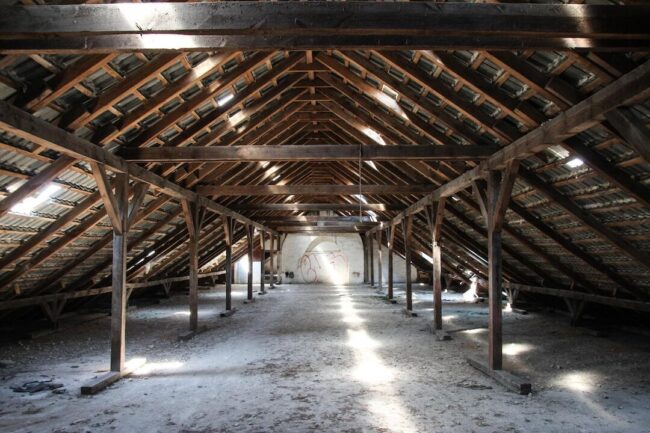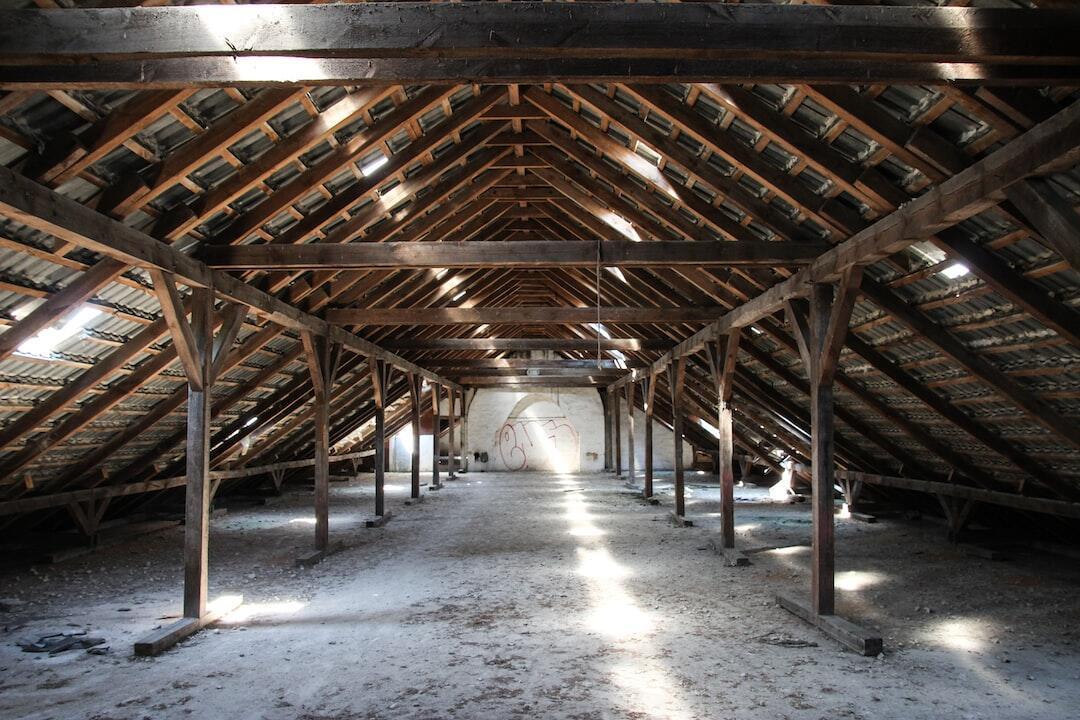
What holds up the floors in your home?
You might not think about it but there’s a hidden layer that keeps everything strong and stable. It sits between the surface you walk on and the structure below. Without it, floors wouldn’t stay even or last as long.
The right materials and installation make all the difference. Keep reading to learn what makes this layer so important and how it affects your home.
What Is a Subfloor?
A subfloor is the layer between the surface you walk on and the structure underneath. It gives floors a solid, even base.
Without it, floors could sag or feel weak. It also helps spread weight across the space, so the floor stays sturdy.
This hidden layer sits on top of the floor joists, which are the wooden or metal beams holding everything up. The subfloor covers those beams, creating a flat surface for the flooring to rest on.
Common Subfloor Materials
Subfloors use different materials, each with its strengths. Many builders choose plywood because it stays strong and lasts a long time. Some use oriented strand board (OSB), which costs less and holds up well.
Concrete works well in basements and lower levels. It resists moisture better than wood and doesn’t rot. Many homes with tile floors also have concrete subfloors for extra support.
Each material affects how a floor feels and holds up over time. A strong subfloor keeps everything stable.
Why Subfloors Matter
Subfloors do more than just sit under your feet. They keep floors strong, even, and safe to walk on. Without a solid subfloor, floors can sag, squeak, or feel unstable.
They also help protect against moisture. A good subfloor stops water from reaching the structure below. This helps prevent rot, mold, and other damage.
Subfloors also make floors last longer. They spread weight evenly, so the flooring doesn’t wear out too fast. A strong subfloor keeps everything in place and working as it should.
Signs of Subfloor Damage
A damaged subfloor can cause big problems. Floors may feel soft, uneven, or start to squeak. In some cases, you might even see cracks or dips.
Water damage is a common cause of subfloor issues. If floors feel spongy or smell musty, moisture could be the problem. Ignoring it can lead to rot and mold.
Pests can also weaken a subfloor. Termites and other bugs eat away at wood, making floors unsafe. Catching problems early helps avoid costly repairs.
Repair and Replacement Tips
Fixing a subfloor depends on the damage. Small squeaks might need a few nails to hold things in place. Bigger problems, like soft spots or sagging, often mean replacing sections of the subfloor.
Water damage needs quick action. Wet areas must dry out before putting in new materials. If mold or rot spreads too far, a full replacement might be the best choice.
Finding help can make the job easier. Searching for subfloor repair near me online can lead to experts near you who know how to fix the problem quickly.
All About the Foundation Beneath Our Feet
A strong subfloor keeps your home safe and sturdy. It supports everything above it and helps prevent damage. If it wears out, floors can feel uneven or weak.
Checking for problems early can save time and money. Whether building or fixing a floor, choosing the right materials makes a big difference. Take care of your subfloor, and it will last for years.
Did you find this post helpful? If so, head back to our website for more informative content.

